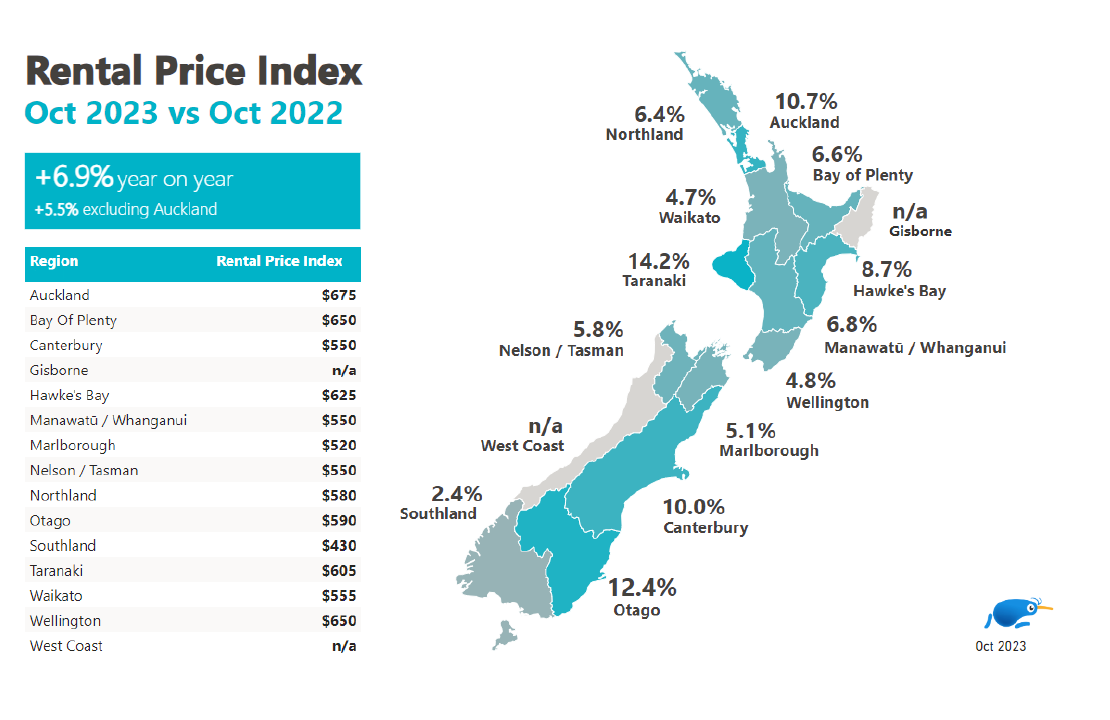But this could change, property expert says

Trade Me’s latest Rental Price Index has revealed that New Zealand’s national median weekly rent held steady at $620, despite uncertainties related to the election and potential impacts from new policies on the rental market.
This stability has persisted since June, but that could change, according to Gavin Lloyd (pictured above), Trade Me’s property sales director.
Potential impact of new government policies
Lloyd anticipates a possible shift in investor confidence now that National is gearing up to take office for the next three years.
“If National moves forward with their plans to tweak interest deduction rules and the bright-line test, we might see a boost in investor confidence,” Lloyd said.
“This shift could encourage property owners to offer more rentals, easing the supply pressure tenants are feeling and potentially seeing rent prices ease. However, it's worth noting that these changes aren’t going to kick in until April 2024, so we're not expecting an overnight transformation.”

Record rental prices
While the national median rent remains unchanged, Auckland experienced an all-time high with a $5 increase from September, reaching $675 weekly. Year-on-year, rents in Auckland have surged by $65.
Manawatū/Whanganui and Otago also set new records in October. Here, renters fork out $20 more than the prior month, pushing the median weekly rent to $550. Palmerston North has emerged as the costliest area within the region, setting a new record at $580.
In the southern region of Otago, a new peak has been reached for the third consecutive month, with the median weekly rent for rental properties hitting $590 in October.
“As students flock back to the main centres to secure their new places for 2024, and with the new government incoming, it looks like we're gearing up for a busy summer in the rental scene,” Lloyd said. “This mix of students searching for homes and policy changes in the pipeline could really shake the rental market up heading into the New Year.”

Across-the-board rental price rises
Nationwide, median weekly rents for all house sizes reach record highs.
Smaller homes with one to two bedrooms rose by 7.1% on the same period last year, reaching $530. For three to four bedrooms, the increase was by 6.9% to $695. And for larger homes, with five bedrooms or more, rents jumped 13.7% to $1,080.
Lloyd said the trend was primarily due to surges in the Auckland rental market, the largest in the country, which saw double-digit annual percentage increases for nearly every house size.

Supply-demand imbalance persists
Renters continued to face challenges in finding properties, with a 10% decrease in national rental supply in October, coupled with a 6% year-on-year increase in demand.
Most regions witnessed a decline in demand compared to the same period last year, with Nelson/Tasman experiencing the biggest annual surge in demand at 33%, possibly driven by renters seeking a sea-change for the summer months. This was followed by Auckland at 21% and Southland at 5%. Conversely, Taranaki saw a considerable 27% year-on-year decline in demand.
Lloyd noted an uptick in rental listings in some smaller regions.
“There are quite a few regional areas that saw a rise in rental listings in October, making
them fantastic options for Kiwi to spend their summer months, especially if tenants have the
flexibility to move around,” he said. “Places like Manawatū, Northland, Taranaki, and Southland are looking pretty promising.”
Get the hottest and freshest mortgage news delivered right into your inbox. Subscribe now to our FREE daily newsletter.



